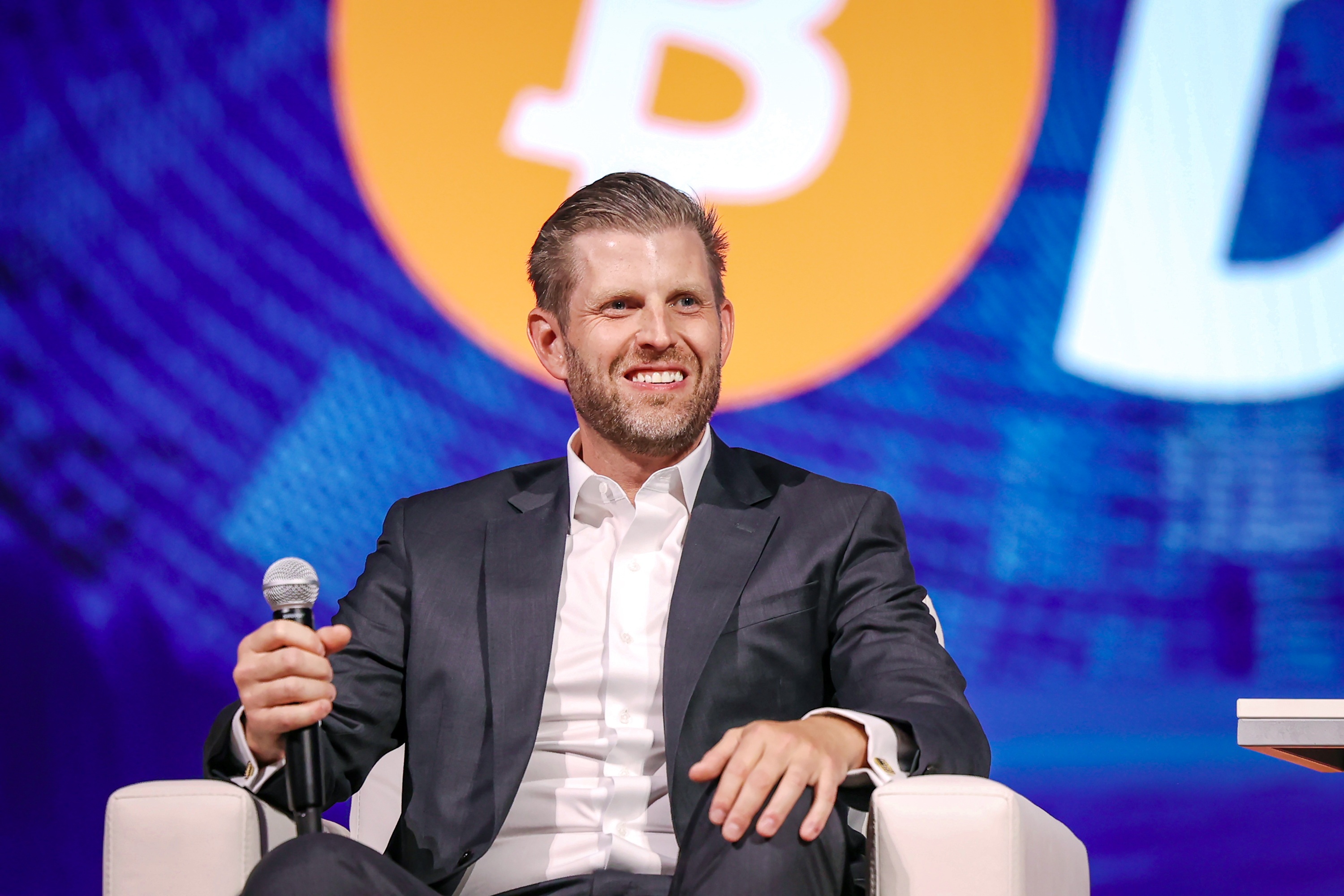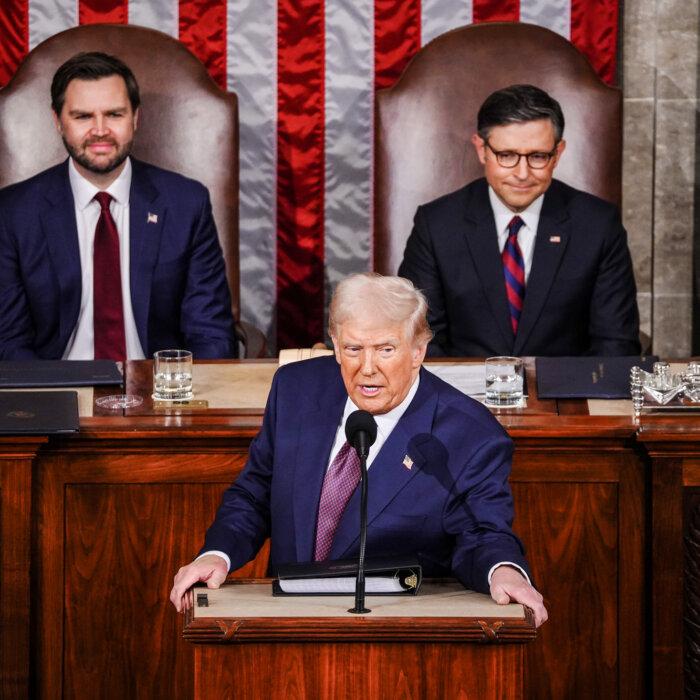Eric Trump said a recent visit to the bustling floor of a Ford Motor Company plant reinforced a long-held belief about the unique strength of America.
“And the only thing I can think of is that America can do it better than China. America can do it better than Asia. America can do it better than all these places,” said the executive vice president of the Trump Organization and the son of President Donald Trump.
Eric Trump said that although China boasts a big economy and a far larger population, the United States is still far more productive.
“Our productivity is not only greater, but it’s greater in terms of productivity per person,“ Eric Trump said. ”It’s like five times in America. We do it better than anybody in the world.”
He said the factory visit reminded him of the extraordinary potential of U.S. workers if they are equipped with the right tools, training, and opportunity.

“We’ve got the best system,“ he said. ”We’ve got the best country. We’re the best innovators. We’re shooting rockets into outer space. We’re catching them with chopsticks right now.”
Hands-On Lessons
Eric Trump’s belief in revitalizing U.S. manufacturing is shaped by his early, hands-on experience.“I was on construction jobs at the age of 11, making minimum wages, working for stonemasons, working for electricians,” he said.
“I spent an entire summer cutting rebar with an acetylene torch. I can run any backhoe, any excavator. I spent every summer of my life doing that. I have calluses on my hands that prove it.”
While this may seem unusual for someone from a rich family, Eric Trump said those early years shaped his values and his view of the U.S. workforce.
“My father really believed in putting us to work at a young age, making us truly understand what real estate is,” he said.
Even today, he jokes that his wife worries about him getting hurt when he fixes electrical outlets in their home.
“It was what I did every summer of my entire life. ... It’s important to ground kids that way,” Eric Trump said.
He contrasted that upbringing with a generation he sees as out of touch with practical skills.
“They can’t hang a picture on a ... wall. I mean, it’s embarrassing,” he said.

The Cost of Offshoring
That personal view ties into Eric Trump’s broader criticism of U.S. policies that sent manufacturing jobs overseas.Since China entered the World Trade Organization nearly 25 years ago, the U.S. manufacturing sector has undergone drastic changes, decimating many small towns that relied on local factories to support their homes, their children’s educations, and daily living costs.
Entire towns across the Midwest and the Rust Belt were devastated. Eric Trump recalled giving campaign speeches “in shutdown, broken factories, factories that had chain-link fences around them, factories that had no lights.”
“They were the base of the industrial complex for America and manufacturing, the greatest steel mills, the greatest foundries, these unbelievable brick buildings that were lifeless,” he said. “And it’s not OK.”
The government’s overregulation and imposition of hefty taxes have put U.S. companies at a competitive disadvantage for all these years, he noted.
“We can manufacture the greatest products in the world here in America,“ he said. ”We can do it better. We can innovate better. We’re better entrepreneurs.
“And we better bring it back to the United States. And it’s been a big part of my father’s thesis.”
To turn the tide, the White House has focused on lowering taxes, reducing red tape, imposing tariffs, and attracting trillions of dollars in private investment from scores of domestic and foreign corporations, aiming to return manufacturing to the world’s largest economy.

Bridging the Skills Gap
However, a key challenge is finding skilled workers to fill these roles. Eric Trump said he believes that the United States needs a cultural shift, especially in how young people perceive manufacturing jobs and universities.“So many people are trying to run toward the Ivy League degree, when there are so many jobs out there,” he said.
“Some of these jobs are paying hundreds of thousands of dollars a year. I mean, incredible careers. And yet, you know, people largely ignore them in this country.”
The jobs expected to be prevalent in the modern manufacturing sector include highly technical and specialized roles, such as in robotics, artificial intelligence, and 3D printing. Experts say that the young generation of workers lacks adequate skills to perform these tasks.
Various business surveys highlight the same concerns for the years ahead: finding workers with the skills to complete the job.
Eric Trump praised TV personality Mike Rowe for championing trade schools and vocational training.
“What Mike Rowe is doing is absolutely phenomenal,” he said.
This past spring, the president signed an executive order to overhaul and modernize U.S. workforce programs.

“The Federal Government invests over $700 billion a year in American higher education, but only about half of new college graduates find jobs that require college degrees.”
In addition to reshoring manufacturing to the United States, companies that have pledged substantial capital investments in the economy are also pursuing workforce development and training programs. This is most pronounced in advanced manufacturing and high-tech sectors.
“We need to be able to build,“ Eric Trump said. ”We need to be able to manufacture. We need to be able to create.”
Ultimately, he said, if the government allows capitalism to flourish and lets entrepreneurs build great companies, the United States will thrive.
“America will always win,” he said. “We will always win if we allow them to do that.”















